Armed Forces
Defence24 DAY: Breaking the Impasse. A Modern Land Warfare System for the Polish Armed Forces
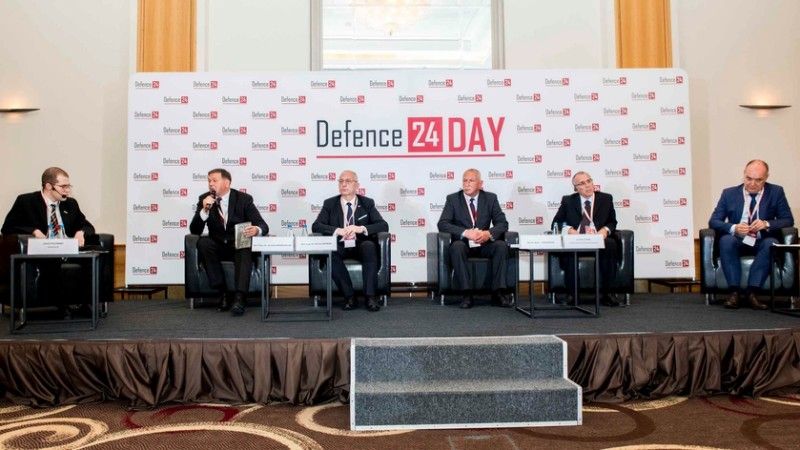
The combat system operated by the land forces must undergo a major reinforcement. This shall include modern recce, air defence and anti-tank assets. However, the capabilities are being established generation by generation. In order to be able to establish them domestically, a long term collaboration is required between the military and the industry, the panelists were claiming during the “Breaking the Impasse. A Modern Land Warfare System for the Polish Armed Forces” discussion panel at Defence24 DAY. The fact that the above remains within reach can be exemplified by the Polish Grom system and by its successor - Piorun. The latter missile, properly developed and deployed along with the Poprad SHORAD solution may contribute to gradual expansion of combat capabilities of the whole Polish integrated air defence system.
“Breaking the Impasse. A Modern Land Warfare System for the Polish Armed Forces” was the title of the third panel of the Defence24 DAY conference. The Panelists, representing the military and the industry, were discussing the methods that could be used to implement modernization programmes in a manner that would provide the military with complex combat capabilities. Defence24.pl’s Jakub Palowski, the panel moderator, placed an emphasis on the fact that in spite of numerous modernization programmes run by the Polish military, most of them were not leading towards establishment of a coherent combat system that is still dominated by post-soviet equipment.
This happens despite the expenditure and effort of the industry and of the state, and despite the achieved successes. Palowski exemplified the above using the case of the Rosomak APC that has been developed in Poland since several years now, also being a very good platform undoubtedly. Despite the above, reconnaissance vehicles based on Rosomak have not yet been introduced (even though designs as such have been developed) and no ATGM launcher has been integrated on Rosomak so far, in larger quantities.
Artillery programmes are looking relatively good when placed on that background. They were discussed by Brig. general, reserve, Jarosław Wierzcholski, former Head of the Artillery and Missile Element of the land forces. General Wierzcholski recalled a Polish officer’s motto of the interwar period, to illustrate the way in which the artillery programmes were being developed.
The officer noted that artillery is not being created day by day, month by month or year by year. The artillery is created generation by generation. I think that adoption of assumption as such serves well as a foundation for good functioning of those programmes.
The statement made by Wierzcholski suggests that continuity of planning and subsequent implementation are of key relevance for the artillery programmes. A lot of importance can also be ascribed to industrial cooperation and there is no doubt at all: the artillery is developing at the fastest pace. Despite the above, even the artillerymen were unable, as the General suggested, to finalize any of the programmes, even though they were managing 4 out of 14 modernization initiatives pertaining to the land forces. Wierzcholski pointed out that even the Krab sph programme cannot be considered to be completed, as it was also to include the wheeled Kryl platform. “Kryl programme has been suspended two years ago and this is a grand mistake in my opinion”, Wierzcholski said. Wierzcholski also suggested that this programme should be launched as a model one, meaning that all elements of the module should be delivered in their final form, i.e. the gun, command vehicles, recce vehicle and support platforms.
Development of ammunition also plays a relevant role here. The General noted that even though the gun was ready, a situation often emerged in which the ammunition was still unavailable. The reason for the above stems from the fact that ammunition R&D initiatives were being frequently suspended in Poland due to the lack of faith in success of the artillery assets development. And then, when it was turning out that a proper cannon is available, the ammunition issue was being brought back onto the table. This pertained to Krab and Rak systems, among other solutions. Wierzcholski hoped that circumstances as such could be avoided in case of the future programmes.
The General also said that basic, primary ammunition types should be manufactured in Poland, referring to all types of rounds, not only the ones destined for artillery. He added that considering the fact that 75-85% of losses in the Ukrainian conflict could have been attributed to artillery using conventional rounds, one cannot afford a situation in which ammunition is provided externally. Meanwhile, in case of rounds that are more complex, acquired in smaller quantities, these should be, should the industrial capacity permit to do so, manufactured in Poland, but it should also be allowed to import the complicated components from abroad.
Wierzcholski mentioned the Langusta system rockets that, since a few years, are at the level that should be satisfactory for the Army. Meanwhile, in case of the Homar system, even though the first squadron has been procured off-the-shelf, the subsequent acquisitions should ensure a technology transfer of the primary rocket type, the GMLRS missile, that should be manufactured in Poland.
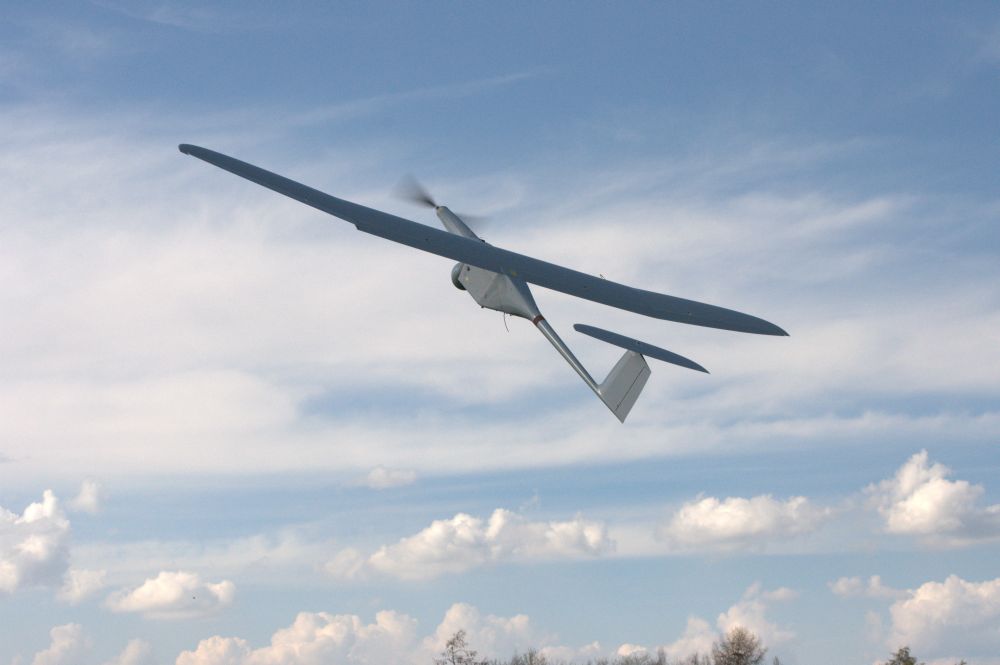
The former head of the artillery component also expressed his concern, saying that even though the effectors are relatively modern, there are still deficiencies in the reconnaissance domain. Here he was referring to insufficient quantity of firefinder radars and UAVs. The systems in question are available at the regiment level, but there is a painful lack of these at the level of artillery squadrons subordinated to brigades. There is also a painful lack of artillery reconnaissance vehicles. This applies to all of the programmes. Wierzcholski said that without the reconnaissance assets even the best cannon would have no targets designated to hit.
Wierzcholski also reminded the audience of the fact that Langusta rocket artillery squadrons still operate the old command vehicles. The old system does not provide the unit with rapid reaction time that remains of key importance which has been exemplified by the context of the recent Ukrainian crisis. Moreover, no proper platform exists (4x4 or 6x6) that could be used to create reconnaissance and command vehicles. Paradoxically, a command system does exist, reconnaissance vehicles configuration has been tested back in 2012. Lack of a proper platform that could accommodate those is the only problem here.
Grom, Poprad, Piorun and what’s next?
Janusz Noga, CRW Telesystem-Mesko President of the Management Board, presented the programme of Grom and Piorun MANPADS, which served as a showcase of a complex project implemented by the Polish industry. The project is an example of 2 decades of work undertaken by the Polish engineers and researchers. Noga said that MANPADS-class solutions are respected all around the world, highlighting the manner in which these systems are being reintroduced into use all around the world, also in the US Army for instance. As the armed conflicts of the recent period have shown, MANPADS weaponry can eliminate the enemy air assets at the lowest levels which offers a significant boost of safety for the land units. Noga said that both Grom, as well as Piorun, can attack targets flying at the altitude of around 10 meters.
At the same time, thanks to the fact that the programme was a Polish initiative, this made it possible to easily integrate the missile systems above with domestically developed Biała and Jodek AAA systems, and the new Poprad SAM solution that has been fully embedded within the IAMD system command chain, and the Pilica system. Noga stressed the fact that not only is Piorun a result of efforts undertaken by the engineer, but it is also a consequence of the state actions driven towards acquisition of a modern missile system.
The Telesystem-Mesko’s representative noted that precision and accuracy of the guidance system of the missile turned out to be better than it was expected. Considering the above, the system also offers a capability to neutralize smaller threats such as UAVs or cruise missiles. This has been proven during field tests.
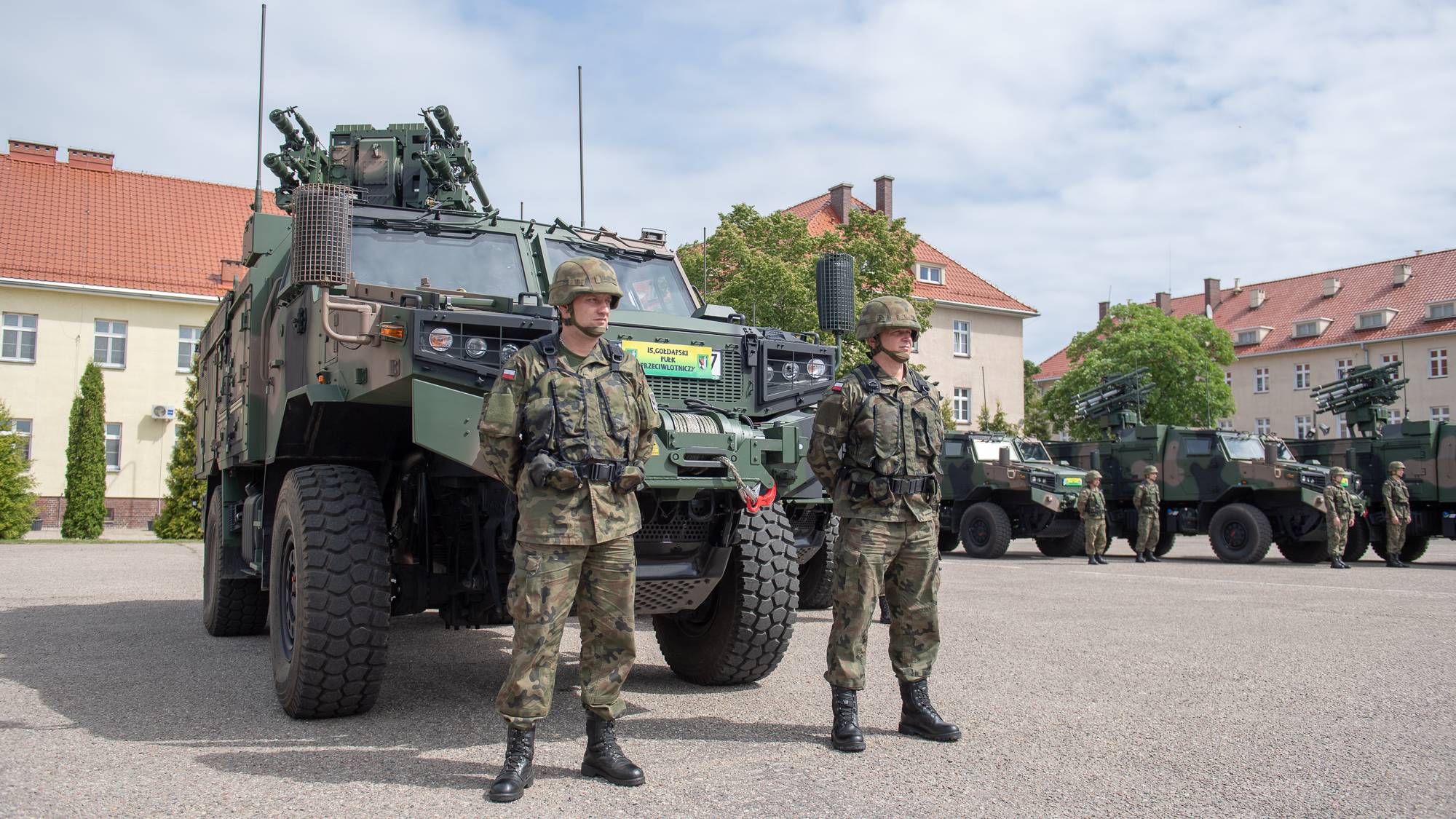
Noga declared that Mesko is capable of delivering an anti-aircraft missile of a much greater range and capabilities, when compared to the current offerings of the company. This task would be relatively easy to accomplish as the Piorun’s seeker sees beyond the actual kinematic envelope of the missile. The above is relevant as seeker, not the rocket motor of proper performance, had been the primary problem earlier. “The technological reserve created makes it possible to create a missile of a much greater range”. The above concerns a missile that could act against aircraft at ranges of 12 or even 14 kilometers, which, as Noga stressed, remains within reach of the Polish industry.
Janusz Noga also reminded the audience of other projects run by the company with the land forces in mind, on the basis of the experience gathered during the development of the Piorun project, One refers to 155 mm precision artillery rounds and 120 mm precision mortar rounds, for the Rak self-propelled mortars. The second project is the Pirat ATGM solution. The aforesaid projects use laser guidance method to designate the targets.
Pirat is a light anti tank system offering penetration at the level of 500 mm of RHA armoured steel. Considering the aforesaid capabilities Noga reminded the audience of the fact that not every target is a main battle tank. The missile could be used to act against other vehicles (in Ukraine most of the new generation ATGMs are used against APCs and other vehicles) Meanwhile the 155 mm rounds offer accuracy brought down to centimeters at a range of up to 20 kilometers. Noga also expressed an appeal, asking for consistency in the R&D effort.
Ukrainian Experience and Poland
Brig. general. (res.) pil. Dariusz Wroński, former Head of Air-mobile and Motorized component, when asked about recon responded briefly: “no recon, no action”. The rule above pertains to a number of elements of the land forces component that struggle with the lack of proper reconnaissance solutions in general. Being in possession of a complete picture of the battlefield situation may have a decisive value in combat. It may also contribute to limitation of own losses or collateral damage.
Referring to land operations General Wroński said That close collaboration of artillery, air defence and air-mobile units is a peculiar feature of activities as such. He added that the defence systems shall be arranged in levels, from space to the ground and only a layered defence system may be seen as a guarantor of success, with the lowest level taken into account as well.
Wroński referred to the Ukrainian experiences. After the Russian side introduced Pantsir, Tunguska or ZSU-class systems, the Ukrainian aviation started to suffer from significant losses. Moving the aviation away from the threat - 8-20 kilometers away in this case - shall be viewed as a proper response. Tactical side of operations also underwent a major change. The Ukrainian helicopters maintain radio silence to avoid detection, they are flying in loose formations and with CSAR support.
Obviously, cooperation between attack and utility helicopters is still a must. However, assets are required that would move the threat away, by several or even 20-30 kilometers. Assets as such could be developed, on the basis of industrial cooperation, in Poland as well, General suggested. General Wroński recalled the fact that Spike-LR ATGMs have been introduced in a manner outlined above, and they have become a major asset in the toolkit used by the air-mobile units. However, air-superiority (even temporary) is a must, in order to fully utilize the missile in question.
Wroński said that there is an urgent need to equip the Polish helicopters with modern self defence systems adequate to face the threat posed by the modern anti-aircraft measures. Even greater emphasis should be placed on low-level flying, during the pilot training process. When asked whether Poland should modernize its Mi-24 and W-3 platforms, the General said that this should also be done. In his opinion keeping the aforesaid platforms in service will help the pilots to stay proficient, also ensuring continuity in crew generations. In conditions as such they could calmly wait for the new platforms to arrive. General added that around 30 W-3 helicopters that could be modernized soon have already been selected.
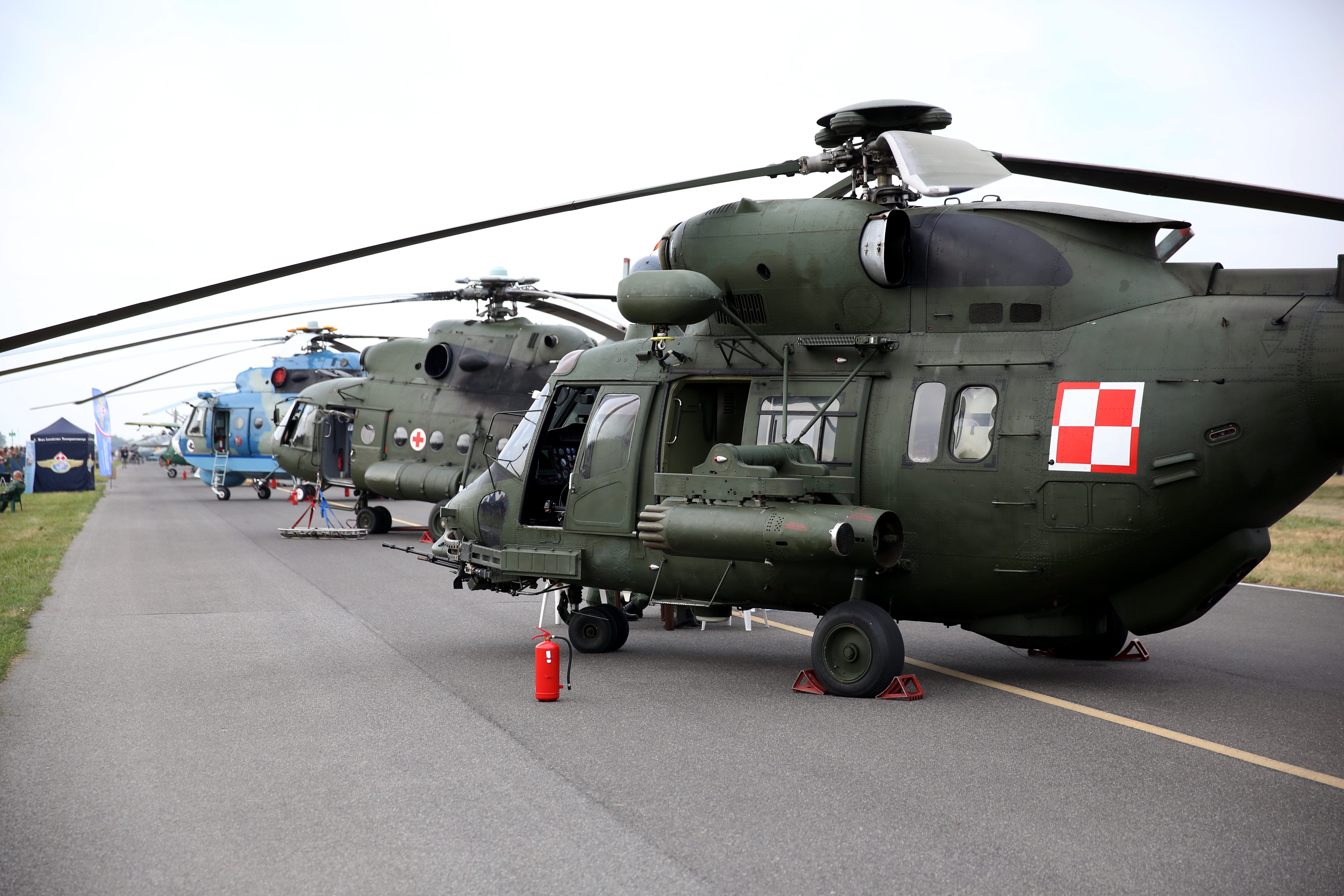
Air Cavalry with no Air Support
Col. (res.) Wiesław Kałkowski, former deputy head of the Air-mobile component said that saturation of those units with anti-tank weapons does exist but these elements do not remain oversaturated. The air-mobile troops will not have artillery support at their disposal, he said, as they will only be able to use the weaponry they carry with them.
Kałkowski added that lack of the ability to act against the armour with helicopters is a gap in the Polish fire support system. Considering the terrain, the land forces could act against the enemy tanks at distances of up to 2-2.5 kilometers. Acting against the enemy armour at greater distances could become a domain of attack helicopters. These should also be used to secure the air cavalry drop zones.
Kałkowski also summarized the tasks assigned to the air-mobile units: air assault, support for the attacking land forces or support of point defence operations. “It is a fight against the enemy’s frontline units, against the assets that pose the most serious threat for our forces, namely main battle tanks and armoured assets” - Kałkowski said. Without gunships using the ATGMs the air-mobile units will not be able to carry out the mission above or they would face a prospect of significant losses. In case of the 25th Air Cavalry Brigade the helicopter acts in a role similar to a combat vehicle and thus, after it drops the troops, it should still support them from the air. Helicopters should also be used by the air-mobile units to fight the enemy units at greater distances.
Not only are attack helicopters important for the air mobile elements, as they also need multi-role and transport rotary-winged assets as well, Kałkowski noted, adding that requirements are significant in the light of the fact that 1st Army Aviation Brigade is suffering from the lack of sufficient fleet to carry out its tasks, due to the fact that the equipment is becoming obsolete. New helicopters are also needed by the 25th Brigade. Kałkowski approached the concept suggested by General Wroński, concerning the modernization of the existing inventory, with skepticism. These helicopters, he said, are old, and their lifecycles have been extended multiple times in the past.
Kałkowski endorsed the concept of procuring new airframes, assuming that proven solutions are taken into account, without taking a risk of implementing systems that would be entirely new. “In my opinion procurement of a new asset is the only sensible solution. This asset should be in existence, should be in operation and should be proven. We cannot afford buying something that will start be usable in combat in 15-20 years. And this applies to the latest solutions”, he said.
Black Hawk platform fits well within the assumptions above. Not only does it offer anti-armour capabilities, it is also being manufactured in Poland. Black Hawk helicopter may be introduced into service relatively quickly so that it starts to carry out missions for the land forces, including armoured, motorized and Territorial Defence elements. The platform would also fully “secure the operations undertaken by the 25th Air Cavalry Brigade”. It is a helicopter that can fight, offers several armament configuration depending on the mission and can also carry guided anti-tank weaponry and then it can be embedded within the fire system of the air mobile units”. Col. Kałkowski also said that Black Hawk is a platform that is proven, NATO compatible and recalled that it has already been acquired for the Polish special ops component.
Spike: “From 50 m to 30 km”
Robi Stark, PhD, representing the Rafael Advanced Defense Systems company noted that several conclusions are usually repeated in discussions on the Polish defence systems. Firstly, the Polish military needs advanced, modern armament based on the modern technologies, offering a capability of facing the potential threat. Secondly, Poland should place a major emphasis on NATO interoperability, including the ability to establish a broad cooperation with the allies. Third domain that should be highlighted is the transfer of technology and industrial cooperation.
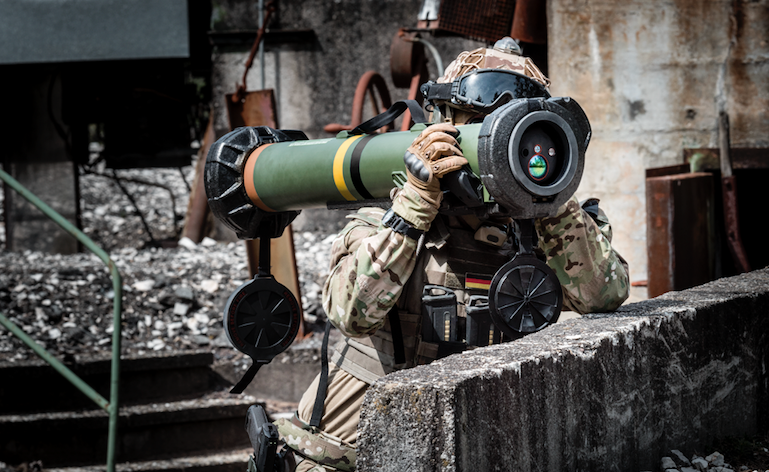
The representative of the Israeli company suggested that Spike fits well within the aforesaid set of requirements. Stark said that Spike is not a single missile, it is rather a family of missiles which means that the effector may be used for a number of purposes, ranging from close quarters to vast distance attacks, assuming that it would be integrated on different platforms. Light Spike-SR missiles may be used at distances as short as 50 meters. Meanwhile, Spike-NLOS offers a maximum range of up to 30 kilometers.
Stark said that Spike ATGMs may also be used against threats different than armoured vehicles, thanks to their new warheads, introduced alongside the tandem ones. Programmable or anti-concrete warheads have been developed for the weapon in question as well. The Israeli guest added that Spike missiles are currently operated by more than 30 countries.
“Our missiles are a multiplatform solution. They may be used by the infantry, on the fighting vehicles or on the Rosomak APC”, Stark said. Meanwhile, Spike-ER may be integrated both on the land platforms (range of 10 kilometers) and on a variety of helicopters - Stark said, in the context of the panel discussion. The above means that if they are integrated onto the existing platforms then the very same weapons system could be transferred to the newly acquired gunships. Furthermore, Stark noted, the Rafael’s systems remain independent from the GPS signal which is very important in the Central-Eastern European threat environment.
EPIK system that makes it possible to turn a 122 mm rocket launch system into a PGM launcher serves as a good example of the approach above. EPIK is a conversion set that integrates INS/FLIR guidance system onto the existing 122 mm rockets, such as the ones used with the WR-40 Langusta multiple rocket launchers.
Robi Stark emphasized the fact that the Israeli experiences indicate that industrial-military cooperation is very important. The above referred to the fact that the requirements of the military should be defined in a manner that would allow the industry to adequately respond. Stark noted that Spike missiles may become an element of a net-centric environment integrated around a network solution such as B4NET. He added that the company also offers Firefly gliding munitions system that could enhance the situational awareness of a single soldier.
The conclusions were clear. To achieve tangible results in the field of defence the modernization programmes need to be complex and they shall concern, alongside the effectors, also the support elements, such as reconnaissance, munitions or communications. It was emphasized that effective cooperation between the military and the industry is a must here, and that it should involve long term planning and execution of the R&D efforts.
